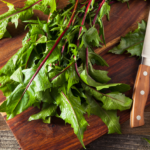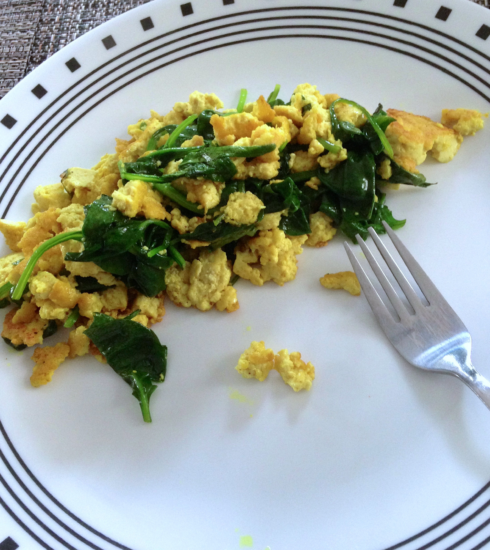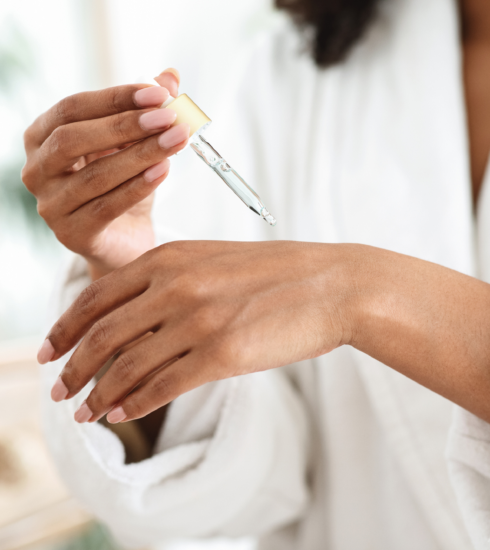How to Prepare Traditional Matcha Green Tea
In a world where new superfoods and exotic beverages constantly make their way into our lives, sometimes the most extraordinary treasures lie in the age-old traditions. One such hidden gem is traditional Matcha green tea. Hailing from the heart of Japanese culture, Matcha has captivated the world with its unique preparation, vibrant green color, and remarkable health benefits.
Traditional Matcha is made from shade-grown tea leaves, which is the same plant used for other types of green tea. The tea bushes are shaded for several weeks before harvest, which increases chlorophyll production and gives the leaves their vibrant green color. After harvesting, the leaves are steamed, dried, and then ground into a fine, emerald-green powder. This labor-intensive process sets traditional Matcha apart from other green teas.
For centuries, green tea has been a mainstay of overall health. This antioxidant-rich beverage has been proven to help:
- Improve cognitive health
- Aid in weight loss
- Protect against cancer
- Lower the risk of heart disease
- May lower the risk of breast, prostate and colorectal cancer
There are numerous green tea products on the market. From teabags to green tea-infused snacks, it’s easy to get the benefits of its nutrients.
Matcha green tea is made by grinding young tea leaves into a fine powder. Very high in antioxidants, matcha is an upgrade from other green teas. One study found that matcha contains up to 137 times more antioxidants than low-grade green tea and up to 3 times more antioxidants than other high-quality teas.
How to Prepare Matcha
- Heat 6 ounces of filtered water in a small pot. Heat to just before boiling.
- In a mug or traditional matcha tea mug, whisk together 1 teaspoon of matcha powder with the water. You can also use a frother.
- Whisk for 2 minutes or froth until completely mixed.
- Add 1/4 cup of nut milk for added creaminess.










